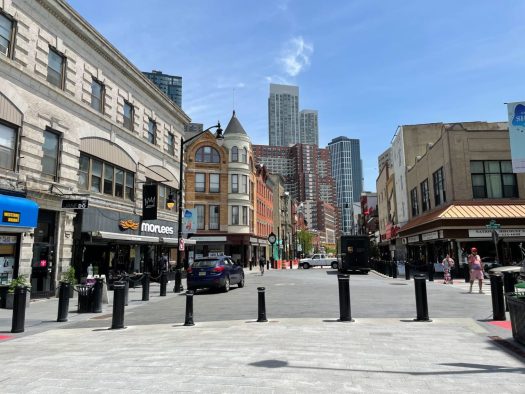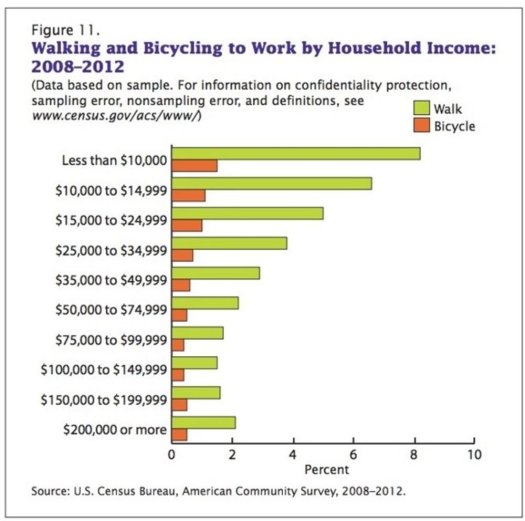Asbury Park Complete Streets Coalition has always believed that this city could be a model of progressive development for people to live, and to move about the city safely with less dependence on cars. As a 1.4mile square city, and mostly a grid design, we have great potential. We were so excited that the city adopted ReOPEN Asbury Park …

We are disappointed that Asbury Park has decided not to keep the ReOPEN plan in place permanently, even a few blocks, or at all for this summer season.
Cookman Ave was an open street (not a closed street as some would say – focusing on restriction of cars rather than open to people) and it was successful and popular, with only a few businesses complaining about deliveries and parking.
Perhaps most surprising is Asbury Park in their nixing of extended outdoor dining is Asbury Park, the dining capital of the Jersey Shore.
Even more surprising to us is the quote from Asbury Park Deputy Mayor explaining away the fact that cars are now dominating the business district. “We created the ReOPEN Asbury Park program to support our local businesses when indoor dining restrictions were put in place,” Asbury Park Deputy Mayor Amy Quinn said. “While we are not currently closing the streets for dining this summer, we will continue to reevaluate the program should we see a surge in COVID-19 cases.”
Open streets are thriving all over the world in cities where leaders have realized the benefits of creating more spaces for people and less for automotive traffic.
Laura Brahn, co-owner of Asbury Park brunch destination Cardinal Provisions, says in the June 3rd NJ.com article that “the city underestimates customers’ appetite for outdoor dining”.
Open streets are indeed “a thing”.
We had a great opportunity to visit Jersey City and see first hand how successful the new Newark Avenue Pedestrian Mall is. It began as a “quick build” with paint, and is now almost completed as a beautifully designed space, with businesses bustling and and restaurants thriving, a true destination in the city.

Now renovations are almost finished along Jersey City’s Newark Avenue Pedestrian Plaza.

 Jersey City’s Newark Avenue Pedestrian Plaza
Jersey City’s Newark Avenue Pedestrian Plaza
Maybe there is still hope for Asbury Park. We believe that we can move past the objections of the minority of businesses who believe that vehicle traffic is more beneficial than foot traffic. We believe that city leaders can have the will to make decisions to make a more walkable, more bike-able, healthier, better city.
Polli Schildge ~Editor







/cdn.vox-cdn.com/uploads/chorus_image/image/46776808/GettyImages-458043382.0.0.jpg?w=525&ssl=1)









